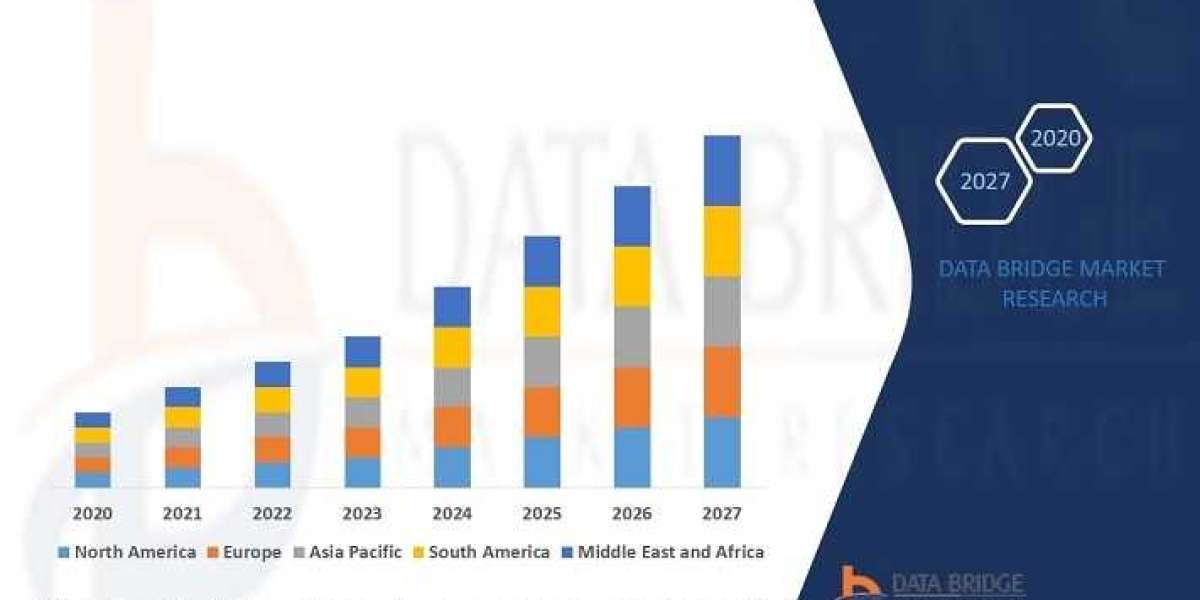EDIs and APIs are widely used solutions for large data sets, with 65% of companies using APIs and 60%-80% using EDIs, respectively. This blog post will explore the distinctions between EDI and API for supply chain solutions.
From Paper to Pixel: Understanding EDI
EDI streamlines data transfer between businesses by standardized formats for purchase orders, invoices, and shipping notices, eliminating manual entry and paper-based exchange, thereby increasing efficiency and reducing errors.
Probably the biggest advantage of EDI services is the ability to establish links between different computer systems without any problems, thus allowing companies to easily exchange information with business partners regardless of the hardware or software used.
How do EDIs operate?
EDI replaces manual processes and paper documents in commercial interactions, enhancing collaboration between companies like Target and suppliers. Prior to EDI, customers had to verbally order products, which suppliers then manually input into a system.
The development of EDI solutions greatly enhanced this procedure. EDI software now allows Target and its suppliers to communicate with one another. Their two computers can securely connect thanks to EDI-standardized communication protocols.
Benefits of EDI
For supply chain logistics and business-to-business interactions, EDI has various advantages. Here are a few benefits of EDI:
- Increased effectiveness
- Lower expenses
- Heightened safety
Typical Use Cases of EDI
Let’s take a look at some of the common uses and examples of EDI integration.
Supply Chain Management: EDI integration services make sure the supply chain functions properly and that goods are easily transported from the producer to the customer. By speeding up transactions and decreasing human data entry, it saves firms time.
Order Processing: E-commerce solutions enable efficient order paper exchange, shorten processing times, reduce error risk, and automate workflows, enhancing supply chain management and efficiency.
Inventory Control: Implementing EDI software can improve inventory documentation and automation, reducing stockouts and financial loss by tracking shipments in real-time, making it an affordable solution for businesses.
Logistics and Shipping: Automated technologies streamline shipping and logistics by establishing direct EDI connections, enabling easy tracking of shipments and delivery time updates, and utilizing automation tools like batch processing and B2B connectivity options.
Client Support: This services can enhance customer service efficiency and reduce response times by facilitating seamless integration of customer service workflows with business operations, enabling EDI service providers to efficiently access necessary information like order status or inventory levels.
API: What is it?
APIs are digital bridges that facilitate communication between different software systems, acting as digital bridges. They are particularly relevant in bridging the gap between software systems used by different businesses, as they are essential for software communication.
API integration is a set of tools and protocols that facilitate efficient communication between systems in business transactions. It provides a standardized interface for software programs to interact and exchange data, enabling efficient and standardized information sharing. APIs are crucial for digital transformation projects due to their scalability and flexibility, allowing businesses to adapt and develop in a world with increasing connections.
API Benefits
- Preserving time
- Effective information
- Adaptability
- Flexibility
- Inventiveness
Integrating APIs and EDI: A Unified Data Exchange Method
Let’s explore the possibility of combining API and EDI into a single data exchange plan. Integrating EDI And API results in streamlining of Electronic Data Integration process. This opens up the possibilities for:
- Automatic data transmissions
- Securing a company’s place in the market through a variety of trading partners
- Increasing the consistency and accuracy of data
- Ensuring accurate data across various client interactions
- Using automated techniques to decrease data entry errors.
In summary
EDI and API connectivity offer distinct advantages for businesses, providing standardized B2B transactions and real-time capabilities for modern applications. Understanding their differences is crucial for effective use, and AI integration can enhance business processes, boost competitiveness, and drive growth.
For more details: https://www.a3logics.com/blog/edi-or-api-which-is-better-for-your-business/



